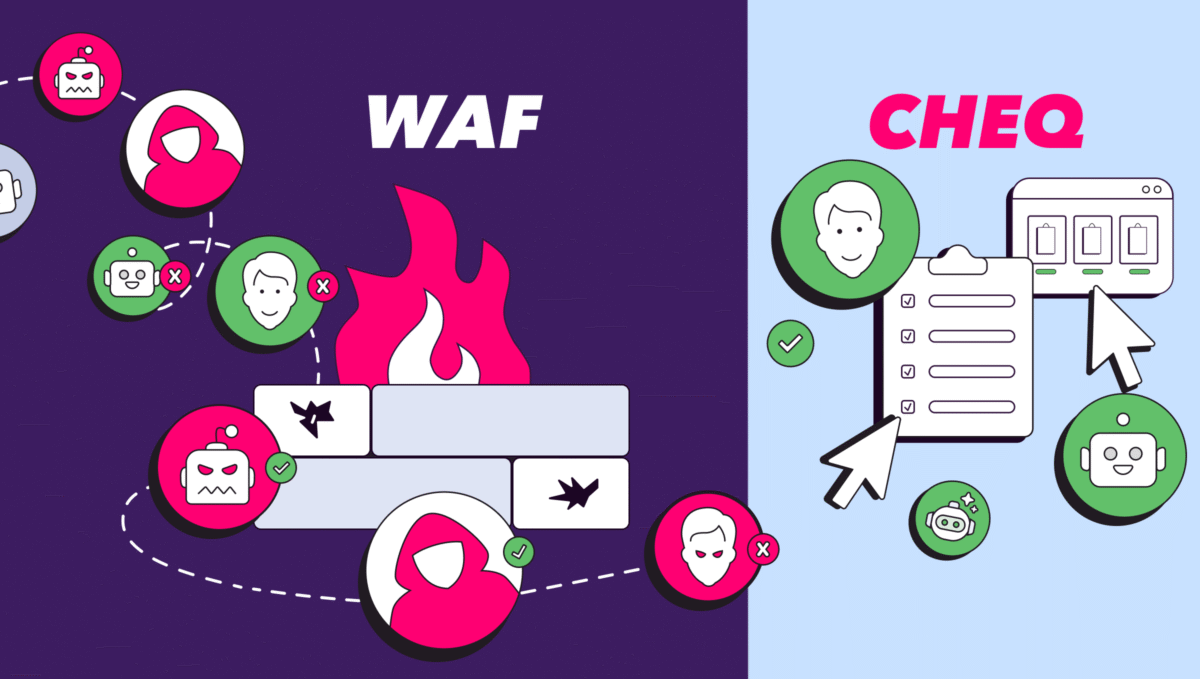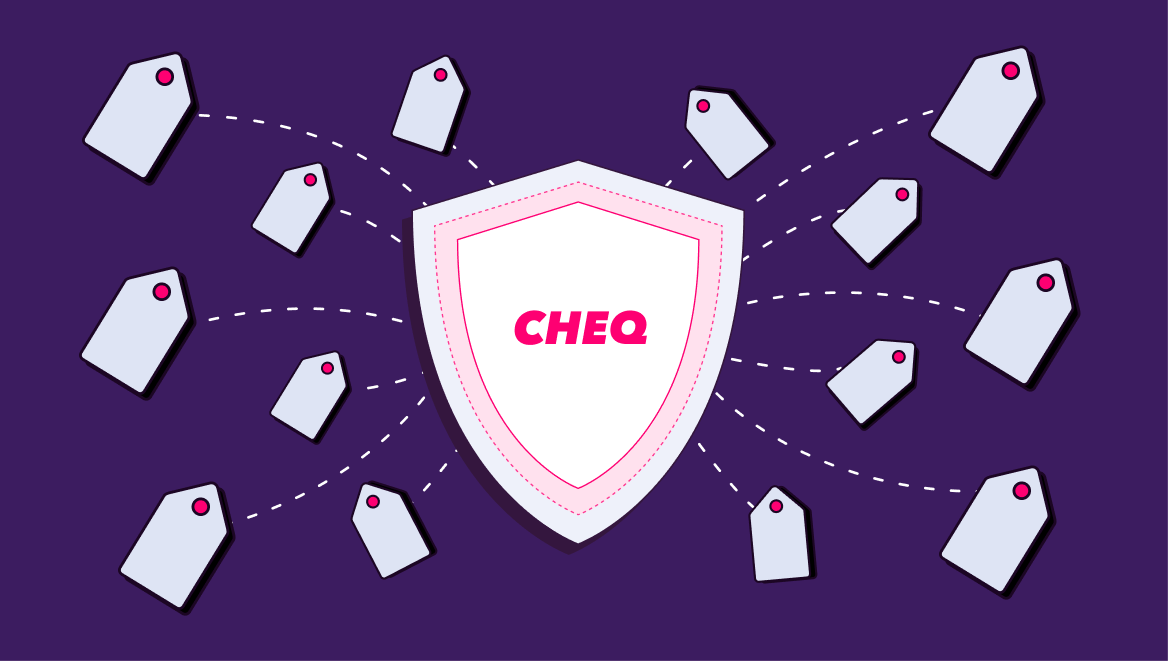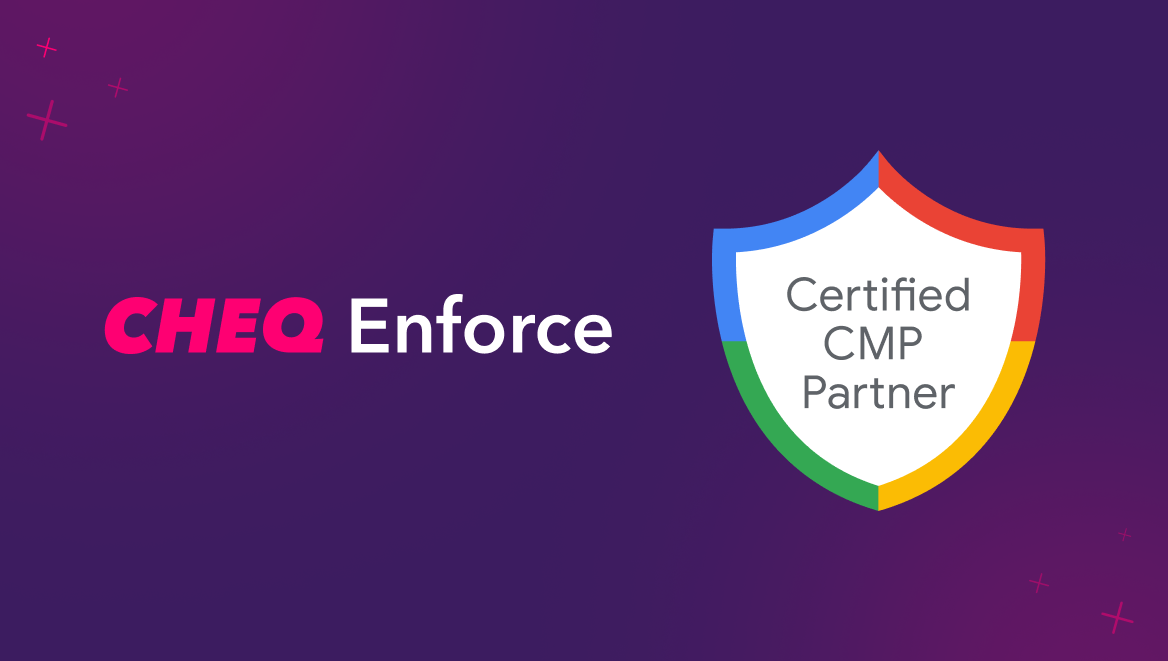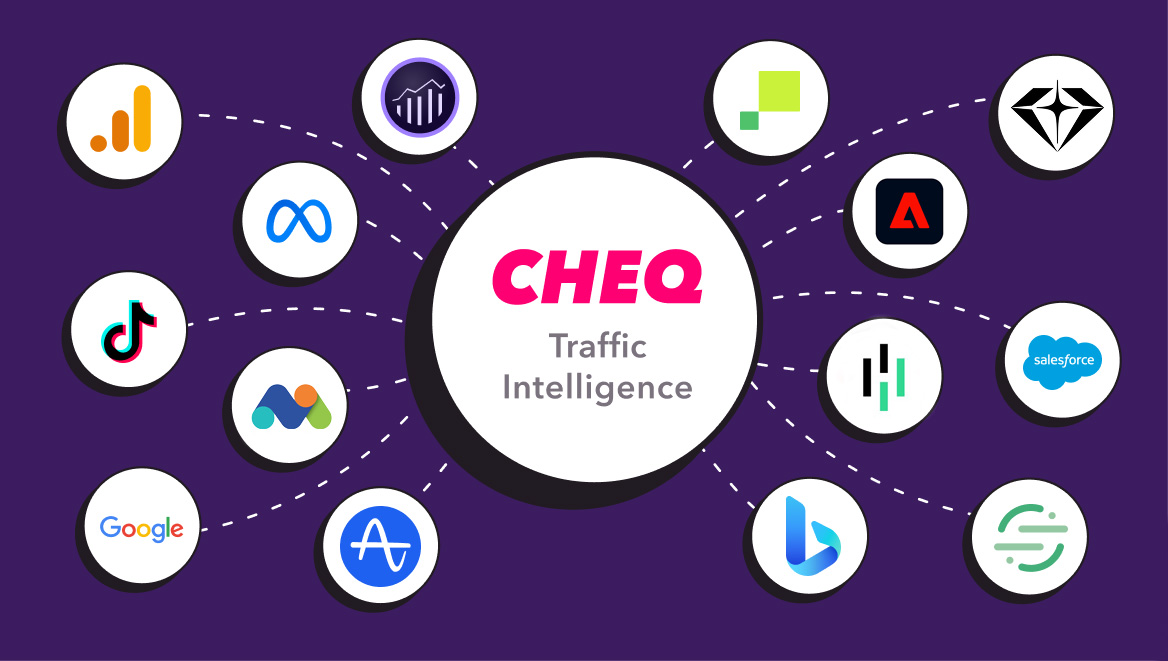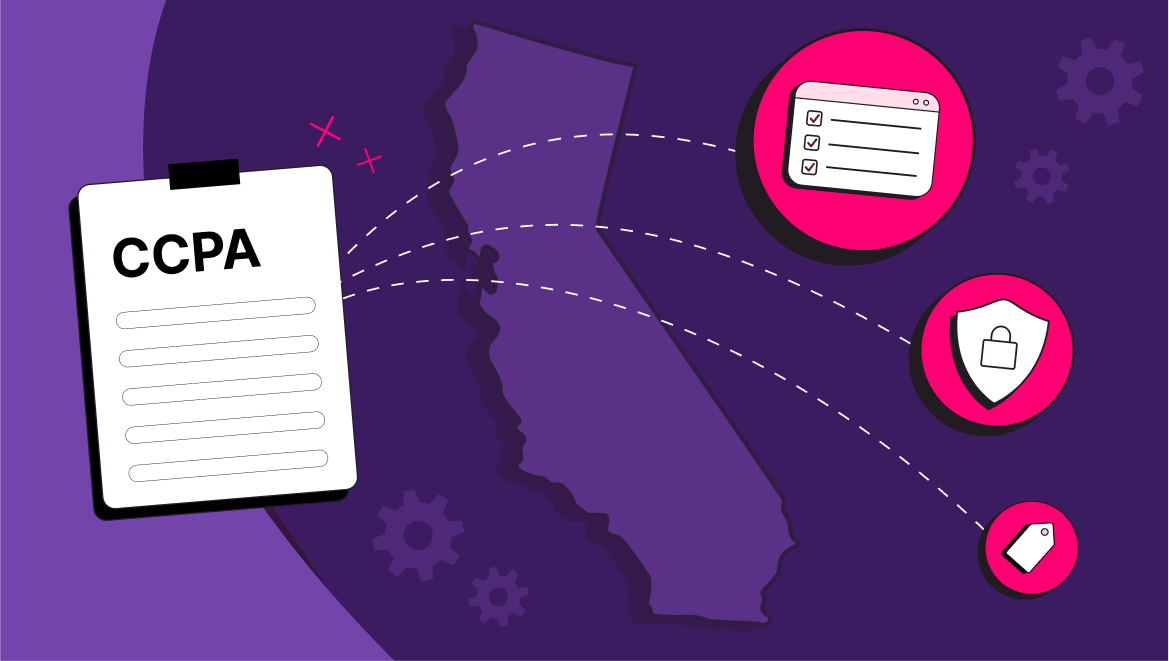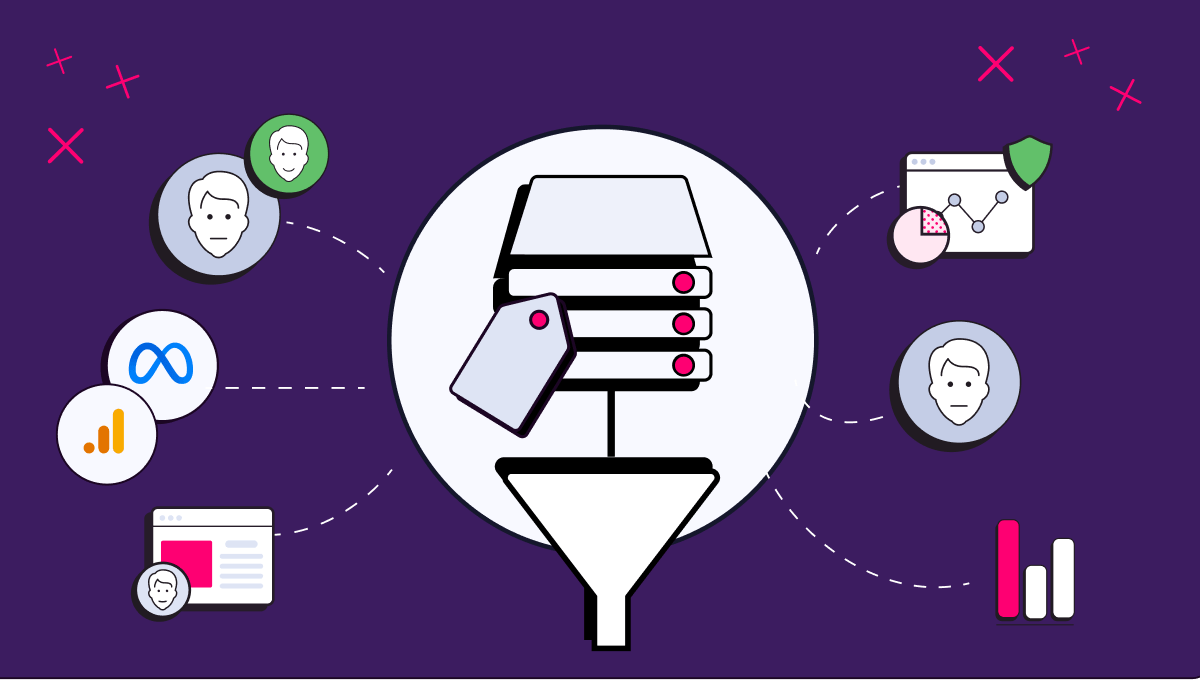The CHEQ-Up | The DPDPA Reality Check: Why Cookie Banners Won’t Save You
Jamie Vinkle
|Privacy & Compliance | October 27, 2025

The CHEQ-Up Vol. 5 | Video Podcast
Think a cookie banner keeps you compliant? Think again. Jason Patel (CHEQ) and Sanyogeeta Rananaware (Privacient) break down India’s DPDPA, what it really demands, and how businesses can stay ahead.
India’s Digital Personal Data Protection Act (DPDPA) is one of the most significant privacy developments in recent years. Passed in 2023 and set to be enforced in 2025, it represents a new era of accountability for businesses handling the data of Indian residents.
With over 800 million internet users, India is a digital powerhouse—and the DPDPA is a clear signal that data protection is no longer optional. For organizations already juggling GDPR in Europe, CCPA/CPRA in California, and LGPD in Brazil, this law may feel like just another box to check. Many businesses have already taken the path of least resistance: add a cookie banner to the site and call it compliance.
The problem? That strategy won’t hold up under scrutiny. Cookie banners alone don’t satisfy the DPDPA’s requirements, and they can create a dangerous false sense of security.
The Illusion of the Cookie Banner
Cookie banners are everywhere. They’ve become the default reaction to global privacy laws. The logic seems simple: if you show a user a banner asking for consent, you’re compliant.
But here’s the issue: most banners are designed to protect the business, not the individual. They’re often vague, confusing, or manipulative. Some simply say “We use cookies—click accept to continue.” Others give the illusion of choice but make “reject” buttons tiny or hidden.
For the DPDPA, this approach won’t cut it. The law is clear: consent must be free, informed, specific, and revocable. A one-time banner that pushes people into clicking “yes” doesn’t meet that bar. And worse, once the banner disappears, there’s often no clear way for a user to change their mind.
Think of a banner as a welcome mat at the front door. It signals that there’s a house behind it—but if the house is missing walls, plumbing, and a roof, you don’t really have a home. Under the DPDPA, a banner is only the beginning.
What the DPDPA Expects
The DPDPA doesn’t reinvent privacy from scratch. Instead, it builds on lessons from Europe’s GDPR and other global laws—but it frames companies not just as data collectors, but as data fiduciaries. That word choice matters. A fiduciary has a duty of care, an obligation to put the interests of the individual ahead of its own convenience.
That means if your company wants to process someone’s data, you must:
- Tell them what you’re collecting and why.
- Make sure they understand and actually agree.
- Give them the ability to withdraw consent at any point.
- Treat that choice with the same weight as the original agreement.
This isn’t about a one-time interaction. It’s about respecting a continuous relationship with the individual and their data.
Why This Matters for Businesses
The stakes aren’t abstract. Under the DPDPA, penalties can reach the equivalent of tens of millions of U.S. dollars. But beyond fines, there’s a bigger risk: trust.
Users in India—like everywhere else—are becoming more aware of how their data is used. They know when they’re being nudged or misled. A company that treats privacy as a check-the-box exercise risks alienating its customers. On the other hand, one that embraces real compliance can differentiate itself in a crowded market.
Consider this: India’s digital economy is exploding, from e-commerce to fintech to healthcare platforms. Competition is fierce, and brand loyalty is fragile. Privacy can be a differentiator. By demonstrating respect for user rights, businesses can stand out and build longer-term relationships.
Moving Beyond Banners
So what does going “beyond the banner” look like in practice?
It starts with transparency. Instead of hiding behind vague language, companies should explain clearly what they’re doing with data. For example, if you’re collecting location data to personalize product recommendations, say that directly. Users don’t want to parse legal jargon—they want honesty.
It also requires systems that honor consent over time. If a user opts out of tracking today, your technology should immediately stop collecting that data tomorrow. That means building infrastructure that can manage consent signals across websites, apps, and third-party tools.
And importantly, businesses need to prepare for accountability. The DPDPA gives individuals the right to ask for access, correction, or deletion of their data. If a regulator or user comes knocking, you’ll need the audit trail to prove that you respected their choices.
In other words, compliance is not a banner—it’s an ecosystem.
Learning From Other Markets
The pitfalls of half-measures are already visible elsewhere. In Europe, regulators have fined organizations for using manipulative cookie banners that steer people toward “accept all.” In California, businesses have been penalized for collecting data before informing users of their rights. In Brazil, companies scrambled to rebuild consent flows when LGPD went into effect, realizing their banners weren’t enough.
India is likely to follow a similar path. With its scale and digital adoption rate, it’s not just another jurisdiction—it’s a test case for how businesses treat privacy in emerging markets. Those that adapt early will be better positioned not just for India, but for future laws across Asia and beyond.
Beyond Compliance: Privacy as a Competitive Advantage
Here’s the part many companies miss: real compliance can be good for business.
When users trust you, they’re more likely to engage, share data willingly, and stay loyal. Transparency and respect create better relationships. A clunky banner might drive frustration; a thoughtful consent process signals that you value the individual.
This is where forward-thinking businesses turn regulation into an advantage. By treating privacy as a strategic asset rather than a legal burden, they differentiate themselves in markets where consumers have plenty of choice.
The Bottom Line
Cookie banners aren’t going away. They’re a useful entry point for asking for consent. But under India’s DPDPA, they are just that—an entry point. Businesses that rely on banners alone will find themselves out of step with both the law and their customers.
To succeed, companies must build systems that respect rights, enable control, and prove accountability. Done right, this isn’t just compliance—it’s an opportunity to earn trust in one of the world’s fastest-growing digital economies.




